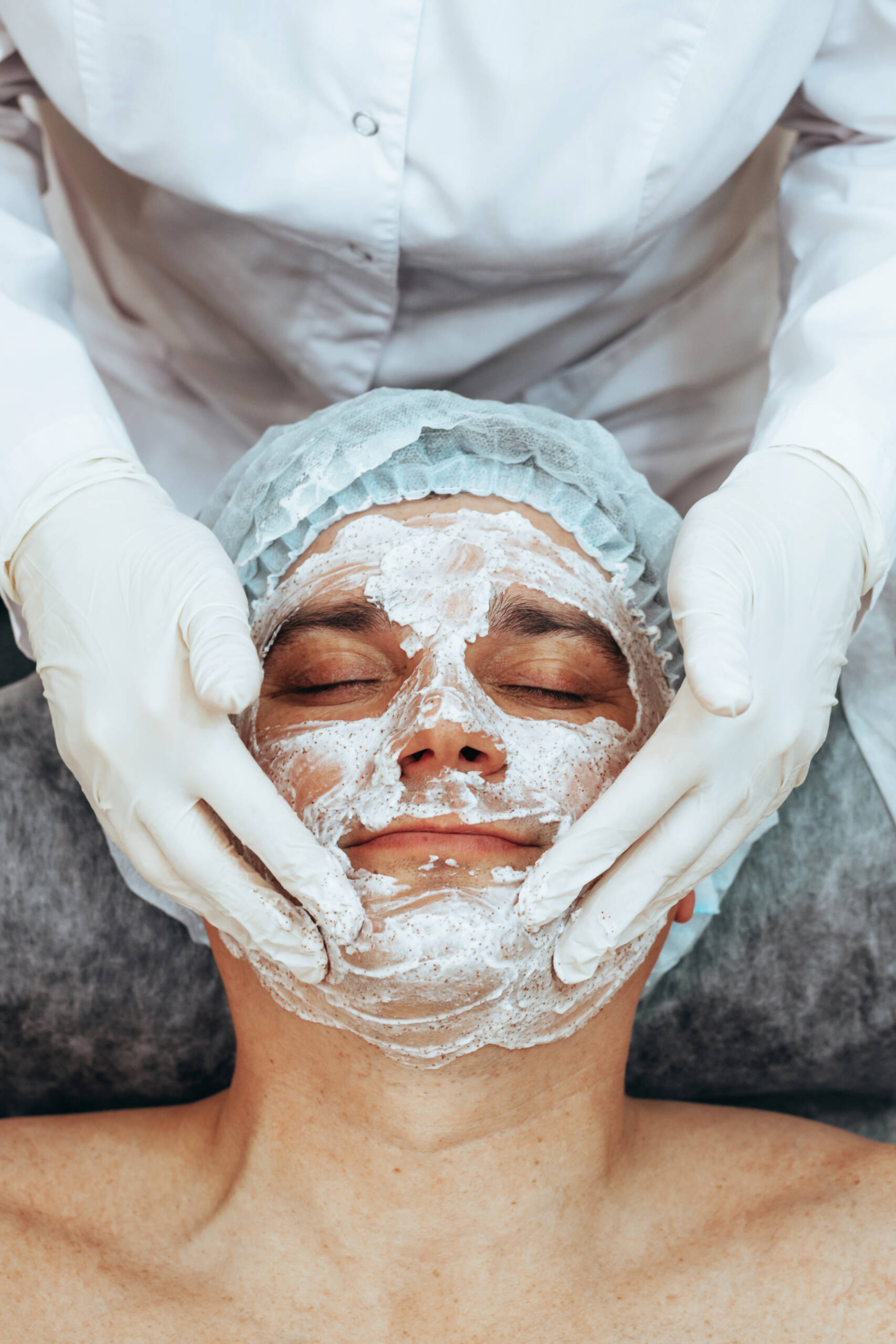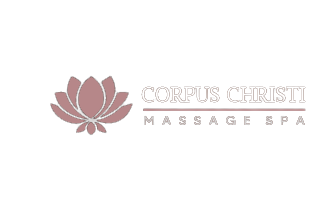How to Choose the Correct Skincare After a Procedure
Implementing an effective skincare routine is essential to maintaining healthy skin. Understanding how and when to apply products can make all the difference in how successful their effectiveness will be. An effective product can soften lines and wrinkles for a more refreshed appearance, as well as help improve skin texture, color, reduce sun damage and help control oily skin conditions.
1. Post-Procedure Skincare
A simple zap and needle puncture can do wonders for the skin. But these procedures also create wounds that need careful healing; without appropriate skincare, these wounds could leave your skin red-tinged and itchy – further complicating results from procedures. So it is crucial that you follow your doctor’s post procedure skincare instructions precisely, according to dermatologist and Eudelo founder Dr Stefanie Williams.
Failure can result in slower healing or even new skin issues like postinflammatory hyperpigmentation, acne or folliculitis – says Stefanie. Many professional treatments can leave the surface of the skin vulnerable, especially if they utilize ablative laser technology that removes epidermal layers in columns using laser beams, leaving undamaged “skin islands” [Source]. As a result, UV rays more sensitively penetrate their new layers leaving unharmed “skin islands”, potentially leading to more cases of melasma or rebound pigmentation when areas that initially darkened return back to their initial state.
If you undergo any procedure that affects the outermost layer of skin, it is vital that you take steps for postcare that include avoiding sun exposure and using broad spectrum sunscreen if going outdoors. Wearing a hat may also help. When selecting skincare products for post-procedure treatments, select light cleansers that can remove impurities without irritating your skin and contain soothing antioxidants to soothe it. If your treatment caused redness, itchiness, or sensitivity then an anti-inflammator serum or cream with 1% hydrocortisone might provide additional relief; finally choose a moisturizing cream that helps strengthen and replenish its moisture barrier so as to avoid leakage and drying out of the skin.
2. Medicated Skincare
Many people become confused between medical-grade skincare and products found at local drugstores when it comes to treating skin conditions like acne. Both provide effective solutions, yet only the former requires a valid prescription and undergoes extensive testing prior to being sold in stores, while latter typically contain chemical additives and cannot penetrate beyond the outermost layer of skin, providing on short-term solutions for conditions like this one.
Medical-grade skincare, commonly referred to as cosmeceuticals, is specifically tailored to treat particular skin issues and conditions and often prescribed by dermatologists and medical aestheticians. Boasting both medicinal and cosmetic properties – making them more effective than non-prescription products sold at stores; boasting higher concentrations of active ingredients with clinical research behind them.
Aestheticians frequently recommend them due to their ability to target specific skin issues. With ingredients designed to treat wrinkles, fine lines and blemishes as well as sun damage, dryness and lack of hydration; aestheticians also find them effective against more serious conditions like acne rosacea psoriasis {NIH}. When purchasing any product, it is essential to read and analyze its label carefully for high-quality ingredients that are natural and not overly harsh. To protect yourself against irritation and blockages caused by beads or particles in cleanser products, opt for something non-comedogenic (meaning that there are no ingredients which clog your pores) instead.

Once you have selected products that suit your skin type and condition, it is crucial that you maintain a daily and nightly skincare routine. Following an appropriate application sequence can increase efficacy; for example, benzoyl peroxide creams should always be applied first in order for proper absorption by your body.
3. Normal Skincare
Normal skin typically needs only minimal skincare routine, consisting of cleansing, moisturizer and sunscreen application. For those prone to clogged pores or flakiness, avoid harsh face washes with beads or exfoliating ingredients, which could strip your face of essential oils that help nourish it. Furthermore, overexfoliation could lead to puffiness, dryness, itching and redness if overdone. Your skin should always start off clean, and to maintain that condition it is important to wash your face twice each day–once in the morning and once before bed. This will remove excess oil that clogs pores as well as dirt that accumulates overnight that could potentially lead to breakouts. Also choose a gentle cleanser, since those with sensitive skin could be adversely affected by harsh ingredients in harsh cleansers.
Once cleansed, it is recommended to apply serum and moisturizer containing antioxidants and hydrating ingredients in order to maintain healthy skin. You should also add physical or chemical sun protection with sunscreen products containing either physical or chemical UVA/UVB protection, especially since those with darker skin tones have an increased risk of skin cancer. Finally, avoid products containing oxybenzone which has been linked with health concerns and high toxicity levels in the environment (EWG).
Many people struggle to know the best order to apply their skincare products, according to dermatologist and SkinCeuticals founder Dr. Heather Rogers. According to her, light to heavier is usually the ideal order; this will allow your skin to gain the maximum benefit from any products applied – for instance you should begin with applying a light moisturizing serum, followed by lightweight sunscreen, rich moisturizers and then finishing up with makeup products to create a youthful complexion and healthy complexion.
4. Oily Skincare
Oily skin develops when sebaceous glands produce too much sebum, a waxy oil produced by sebaceous glands to protect and hydrate skin cells. Too much sebum production can lead to clogged pores and blackheads but there are ways of keeping sebum under control.
As the first step of skin health maintenance, ensure your skin is clean by using a mild cleanser without moisturizers or fragrances, as well as avoiding soaps containing glycerin or emollients.Washing your face both morning and night will also help avoid build-up of dirt, sweat, and oil on its surface. Sunscreen should also be worn regularly – especially with oily skin – as UVA and UVB rays from the sun can cause major damage. Raw Elements’ mineral sunscreen is an ideal choice, since it contains non-nano zinc oxide to provide natural sun protection.
Avoid heavy, thick creams and moisturizers which can clog your pores with oily products that make you too greasy, which could increase sebum production further. Stress relief and healthy diet may also contribute to oily skin issues; to combat them, reduce stress while eating healthy food options. Blotting sheets can also help remove shine and excess oil while helping makeup stay put or run off of the face. People with oily skin should choose powder foundation instead of liquid; also look for moisturizers with antioxidants or ingredients specifically beneficial to oily skin, such as niacinamide.
5. Dry Skincare
Users often perceive skincare products to be difficult and confusing, yet understanding the appropriate order in which to apply each one can actually increase the benefits of each. Applying anti-ageing creams, toners or niacinamide serums correctly in their sequence can yield maximum effectiveness for maximum results.
Dry skin occurs when our bodies’ moisture-producing oil glands gradually reduce production, either due to age or climate factors. Over time, this leads to skin becoming increasingly dehydrated resulting in itchy, flaky or cracked patches as well as fine lines and wrinkles becoming more prominent when humidity decreases.
An appropriate cleanser tailored specifically to your skin type can make all the difference when treating dry skin.
Choose one free from soap and detergents, and gentle enough for sensitive skin. An excellent, hydrating option ideal for those with dry skin is the REN Clean Skincare Perfect Canvas Jelly Oil Cleanser; its cool jelly form transforms into an oil-like consistency to gently remove makeup, dirt, oils, sweat from your pores without stripping them of their natural moisture balance.
Another effective solution for treating dry skin is choosing an exfoliator tailored specifically to your skin type. Options include chemical exfoliators containing AHAs or natural exfoliating acids found in bromelain, papain and ficain (found in pineapple, papaya and figs respectively). You could also try using a cloth or sponge soaked with face or body oil to cleanse and restore its natural oils back into the skin.



